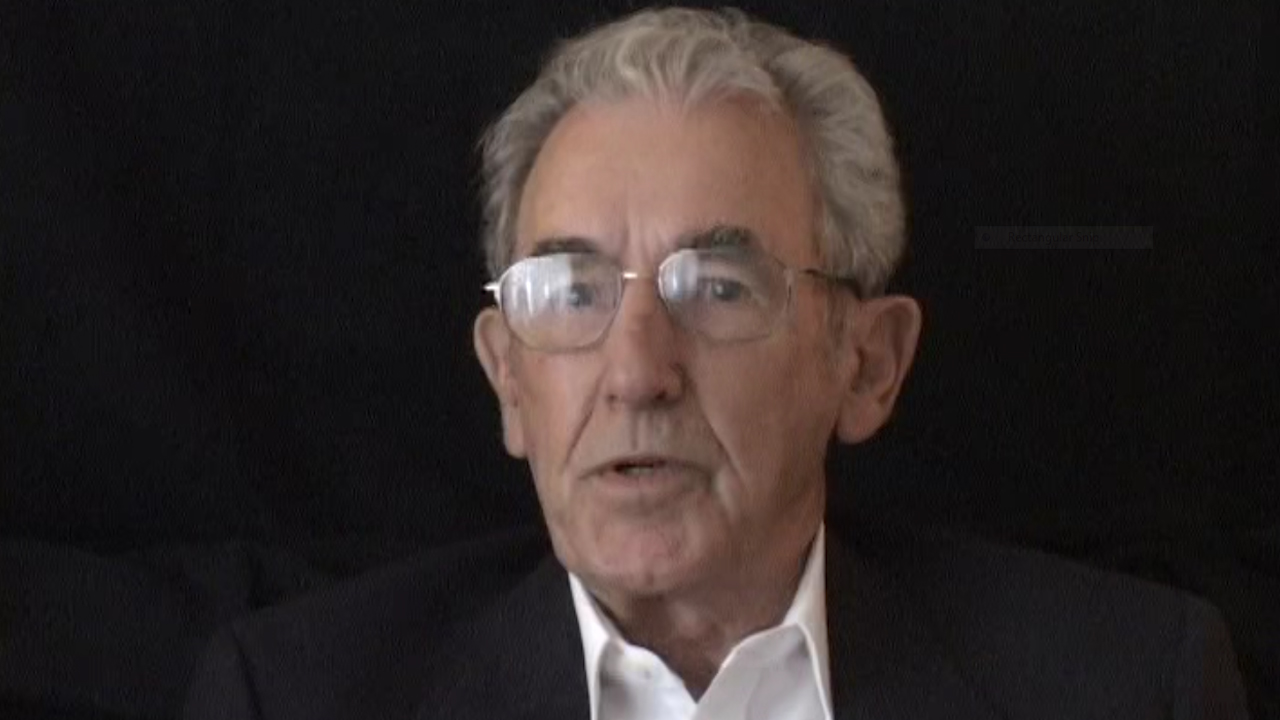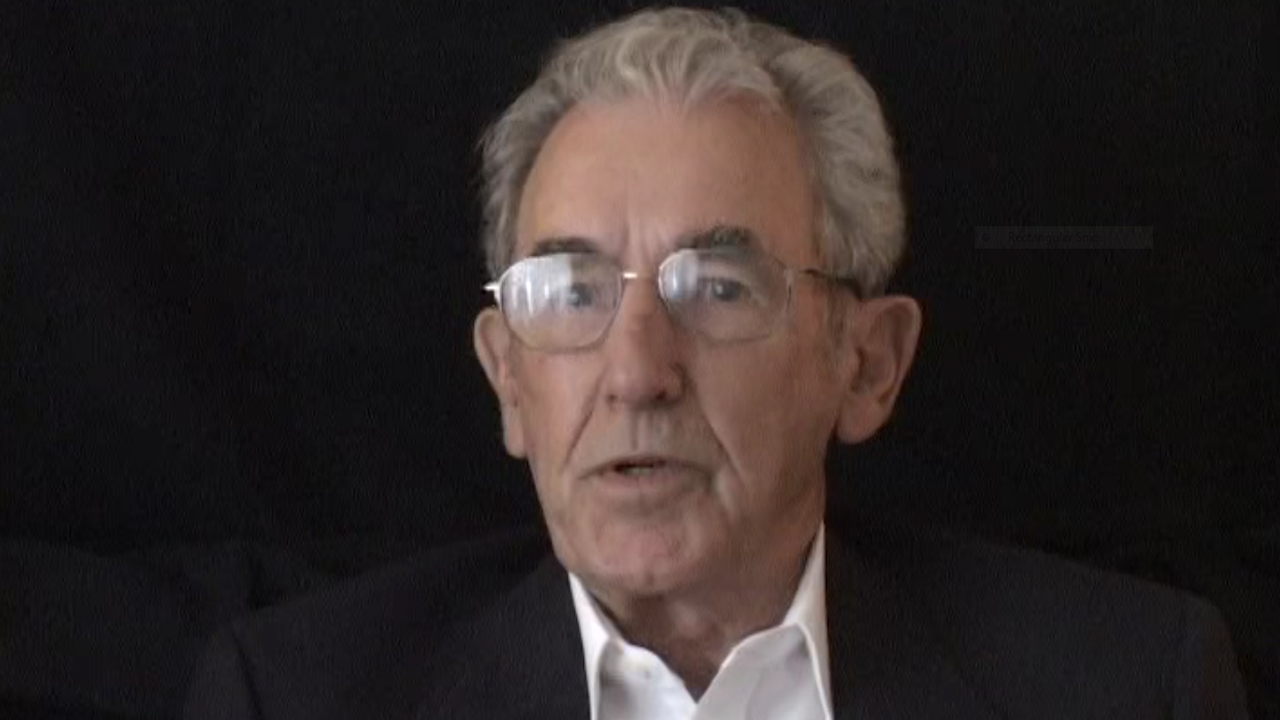Getting the Troops Ashore
Heroes Remember
Getting the Troops Ashore
Transcript
So about half of our soldiers were, we were able to load with
the, on the first wave on the landing craft, but then the second
wave, as the landing craft tank came out after they, they were
empty, landing craft coming out from the beach later in the day,
about ten o'clock or so in the morning, the second wave of the
Chaudieres had to go down the rope ladders, you've seen pictures
of them, which is, the height of the ship was a fair height and
it was tough for them going down the rope ladders and into the
landing craft tank or, a flat craft and at low level. And so
anyway they got loaded around 10:00 or 10:30, so the second wave
of our troops went in; really on landing craft tank and by that
time they, I guess that the beaches were cleared enough that
they got ashore okay. And then other landing craft, we had two
doctors, was part of our permanent crew on our ship, so as other
landing craft, particular landing craft tank came out from the
beaches, they were bringing out casualties, most of which were
British commando's, who had landed earlier, in the earliest
days, trying to destroy some of the beach defences.
Description
Mr. Gorsline talks about the D-Day landing.
John Henry Gorsline
Mr. Gorsline was born on November 12, 1924 in Collingwood, Ontario. He joined the Navy in November of 1942 on his 18th birthday. Mr. Gorsline served aboard the HMCS Prince David as a radar operator and returned to civilian life in September 1945.
Meta Data
- Medium:
- Video
- Owner:
- Veterans Affairs Canada
- Duration:
- 01:58
- Person Interviewed:
- John Henry Gorsline
- War, Conflict or Mission:
- Second World War
- Location/Theatre:
- Atlantic Ocean
- Branch:
- Navy
- Units/Ship:
- HMCS Prince David
- Occupation:
- Radar Operator
Related Videos
- Date modified:





